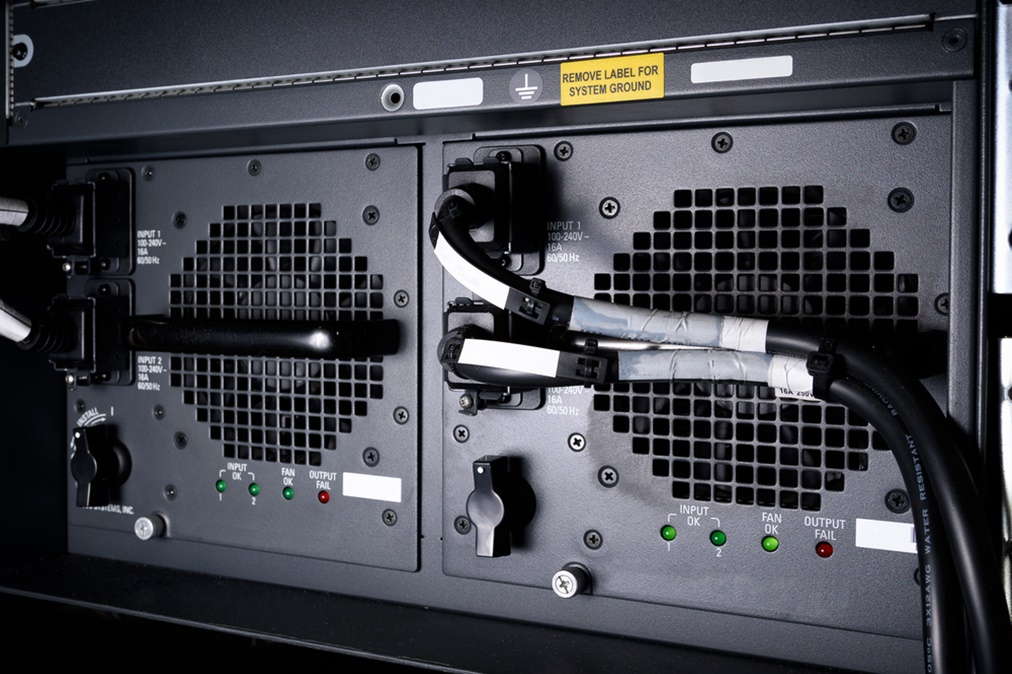Understanding How Switch Mode Power Supply Works
If you’re looking for power supply systems that can convert power from either AC/DC to one or multiple DC levels you would need a switch mode power supply. Let’s take a look at how these systems work.
These devices are commonly called “switchers”, and the switch will go on and off numerous times per second. This kind of switching creates very effective input frequencies that often reach the megahertz range.
Understanding What A Switching Mode Means
In any switching power supply, the switch is actually a semiconductor that’s either on or off. The semiconductor is driven to the saturation range to effectively transfer power across almost zero resistance. The system does this several times a second, which creates a high-frequency AC intermediary. Since this system has been driven to a point of saturation, it offers almost no resistance; this creates very little heat and provides high efficiency.
Linear power supplies, on the other hand, are so called because the rectifier operates in a linear range. This also means when they are conducting power they do this with all the waste and power as well as heat generation that is part and parcel of this process.
Regardless of the frequency at which the semiconductors a switching on and off, the total time between the start of each of the “on” pulses are referred to as a switching period. As just a fraction of the switching period, the on time is referred to as the duty cycle. If required, the output voltage is can be controlled by switching on these duty cycles. Altering the duty cycles on the fly helps keep voltages on target.
SMPS – Understanding What The Advantages Are
- High levels of efficiency – These generate very little heat. Units that have lower power won’t require heat shields; it also means they can be easily mounted right onto the PCBs.
- Smaller footprint – Since the switcher operates at a much higher frequency, the size of all the filtering in the conductors and capacitors are much smaller which means the system has a smaller footprint.
- Design versatility – A switcher can be designed to either step-down or boost up the voltage as per the requirements of the application.
Switch Mode Power Supply Design
Switchers are generally described in terms of quarter-bricks, half-bricks, and bricks. All of these have specific sizes and the definitions are also widely accepted; however, they may not be uniformly adhered to. The specifications also include a pin-out. When using a switcher that adheres to the standard, it isn’t difficult to substitute products when the designers need or choose to.
Switch Mode Power Supply Construction
The equations that describe the manner in which switchers are used are deceptively simple. Most electrical engineers, in general, a deal with microamps. This is also why the practical realities involved in dealing with switchers can result in an added expense, delays as well as overall product failures. It’s best that switcher design is left to specialists with experience in the field.
Switch mode power supplies have some distinct design advantages which have made them a standard in most technical applications. However, there is a constant evolution in this space and systems that are more efficient, smaller in size and with a lower weight are being manufactured all the time.
If you want to know more about our power products and services, don’t hesitate to contact us at KaRaTec Power Supply Pty. You can give us a call at 612 9808 1127. You can also fill in this contact us form.
Thanks for reading,
Karatec Power Supply Pty
612 9808 1127







Sorry, the comment form is closed at this time.